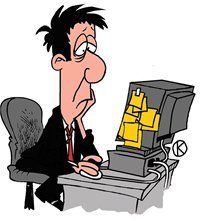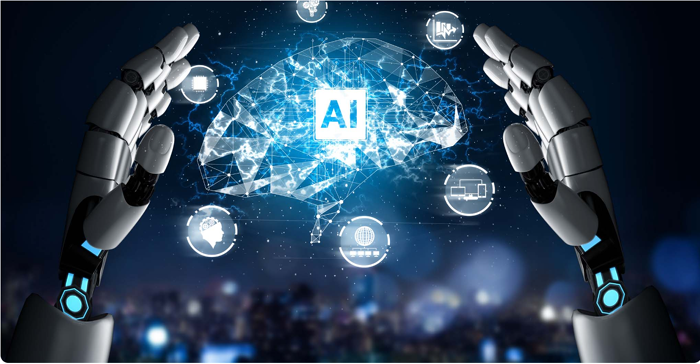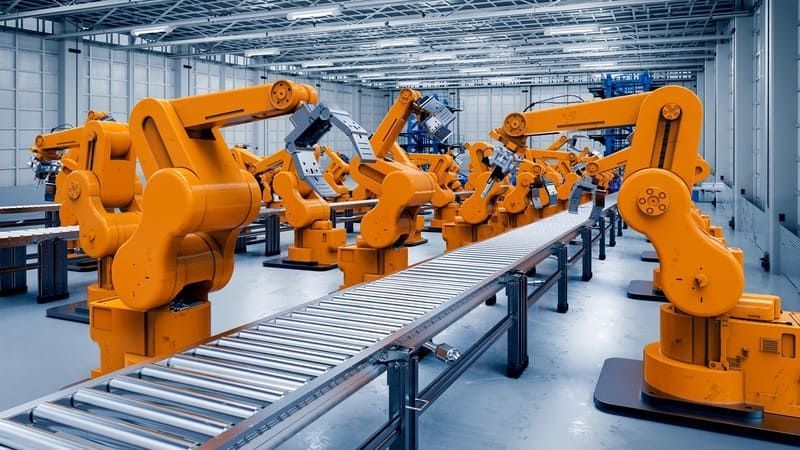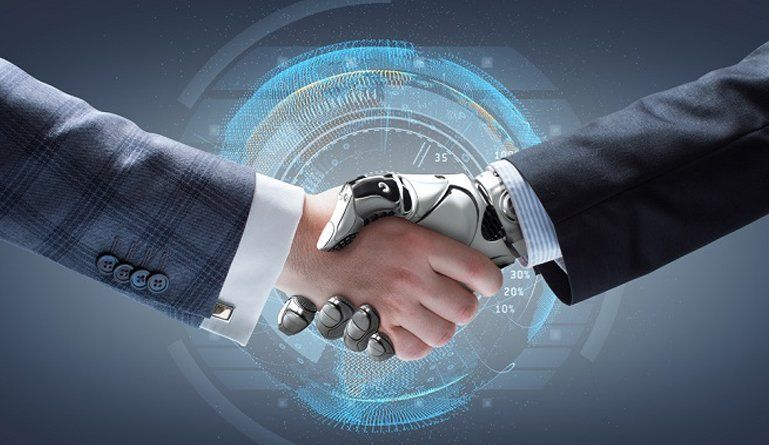Change your mindset to increase productivity
(TBKTSG) - According to a World Bank report, labor productivity is a key factor for economic growth and development. Over the years, Vietnam's labor productivity has remained at the bottom compared to other countries in Southeast Asia. Therefore, more than ever, in 2017, labor productivity becomes a hot topic for everyone. And the labor productivity of the country is made up of the labor productivity of enterprises.

To increase labor productivity, we need the right sequence of approach and problem solving. Many business owners struggle to solve problems and events, but do not spend time on business development strategies, while the correct order is: thinking - strategy - system - process - operation . “Right thinking” - “right operation” and vice versa.
Some new thoughts
Increasing labor productivity from the perspective of Lean
In the context of increasingly difficult economic conditions, increasing revenue is not easy, so cutting waste is more essential and urgent than ever. According to research by Nike, the world leader in outsourcing and outsourcing, value-added jobs that customers are willing to pay for businesses account for only 2-3% of all jobs. the work that we are doing every day, most of the remaining work does not create value added or is called waste. According to the Lean Enterprise method, in any business (factory, service, hospital, restaurant, etc.) there exists one or all of the following wastes, which should be it must be minimized or eliminated.
Defective products are products or services that we make that are defective. In the enterprise, there are usually four types of defective products including defective products due to substandard quality, downgraded products, rework products, and scrapped products. Some typical examples of this type of waste include incorrect information in reports and tables, incorrect data entry into computers and reports, wrong storage, etc.
Production in excess of the required quantity is products, services, or jobs performed that are not actually needed. For example, too many meetings are not necessary, instead information can be shared via e-mail; too many forms with duplicated information requested; Too many products are made without adding value to customers...
Waiting (or useless time). This is a huge waste in business. For example, customers have to wait for business service processes, wait for e-mail responses or reports, employees wait to use copiers, printers...
The product or service is created but does not add value to the customer and the customer is not willing to pay for it. For example, reports are reviewed by too many levels and many people, passing phone calls through many people, or plastic pieces of motorbikes and cars painted on the inside...
Shipping is products or services that are transported through multiple stages from supplier to customer; or customers have to go through too many stages to be served; or when going to a website, it takes too many clicks to find the necessary information...
Inventories are raw materials, semi-finished products, replacement supplies, and finished products that are too much in stock. It's all about money, so don't hoard too much and don't need it. For example, too many documents are stored but not used, too many unused substitutes, too many semi-finished goods on the line...
Gone are the days when businesses were hugely profitable with a huge number of employees. Nowadays, we easily come across businesses with not too many people but big profits, and they all use outsourced services.
Do not use creative resources. This is a huge waste of resources, including the talents, different skills of employees and the capabilities of the entire team in the enterprise... In Vietnam, many businesses promote their maximum power. security guards to increase the quality of their customer service, to avoid customers being eliminated from the parking lot.
Do not apply technology to increase labor productivity. There are many businesses that think they are too busy to apply new technology. This is no different from us just always using outdated technologies, tools and methods and going behind other businesses in the same industry who are gradually applying technology to their businesses. Today's technology has both simple and complex things, depending on the business model to apply technology in the most optimal way.
Outsourcing mindset
According to statistics, more than 50% of jobs in enterprises today are handled by outsourced companies. In fact, most of the great companies in the world outsource, because “good people don't do it all”. We need to focus on what we're strongest at, and if we don't do it directly, our business loses its core value. For jobs that service providers can do much better than us, we should outsource. Gone are the days when businesses were hugely profitable with a huge number of employees. Nowadays, we easily come across businesses with not too many people but big profits, and they all use outsourced services.
In addition, enterprises need to develop the capacity to evaluate and manage the quality of external services. If businesses do not have this, think of "outsourcing consulting" to help businesses outsource in the most optimal way.
...To corporate culture
In the past, we often hear about the concept of full-time or part-time work, but recently these two concepts are no longer widely used, especially with start-up businesses.
Starting from Zappos (the leading shoe seller in the US that was acquired by Amazon for $1.2 billion in 2009), the concept of "full-line" work was born and is as popular as it is today. Full-line is a working concept that combines two elements, goal management and deadline management, without regard to where or how employees work. This will maximize the creativity of employees by eliminating annoying constraints such as timekeeping, traffic jams when commuting to work...
Besides, creating a gaming-like corporate culture is also a new thinking trend. Nowadays, many businesses like Uber, Grab, Airbnb... have created a gaming-like working environment to stimulate all employees to work with them. Employees are now like true "boss", they automatically decide their working time, working hours as well as rest hours, unlimited income, income into the account as soon as the transaction with the customer is completed. customers, employees benefit based on the customer service they bring and benefit in common with the business if the business grows... In this way, businesses don't need to follow up closely to remind employees more daily pills. In addition to applying technology to most of the daily activities of the business, it is easier than ever to monitor, control, evaluate and report to employees and management. the key factor for the “full-line” method to operate successfully.
Productivity is a combination of many different factors, with the right mindset leading to the right strategy. The right strategy will help create the right business system and operating process, and this will help businesses create a solid "fence" so that they don't have to deal with problems every day.
Giới thiệu John&Partners
Chính sách chung
Việt Nam
Email: public@john-partners.com
Điện thoại: (84) 77 5955 007
Hồ Chí Minh City
- 3C Phổ Quang, Phường 02, Quận Tân Bình,
TP. Hồ Chí Minh
- Điện thoại: (84) 916 350 421
Hà Nội
Hoa Kỳ
- The Cannon @ the Energy Corridor1334 Brittmoore RoadHouston, TX 77043.
- Điện thoại: +1 832 202 8968
- Email: trangnguyen@john-partners.com
© 2024
All Rights Reserved | Công ty Cổ phần Tư vấn và Giáo dục John&Partners







